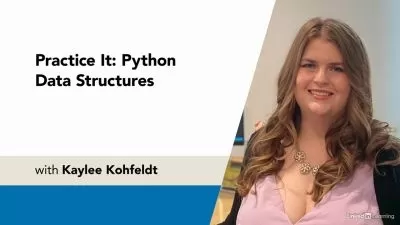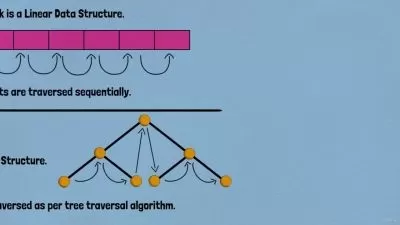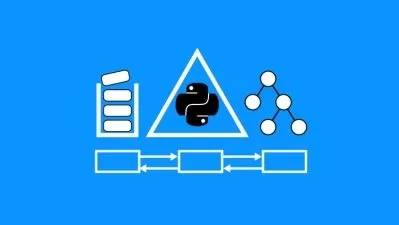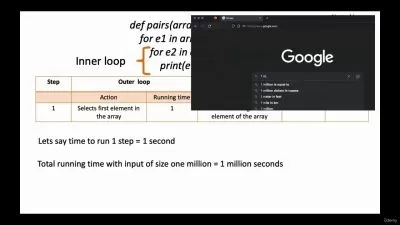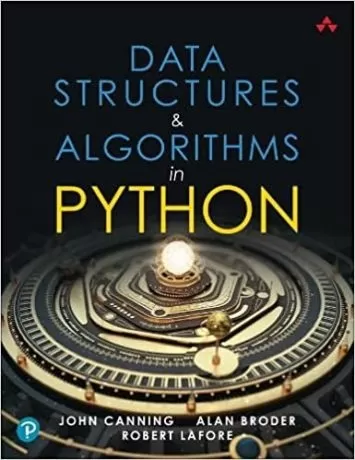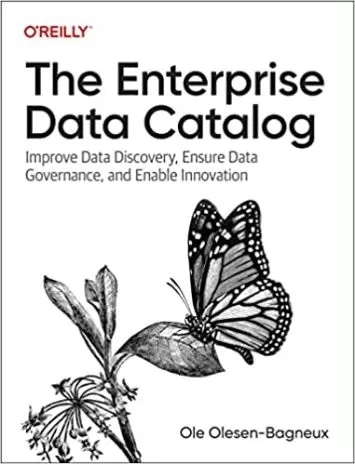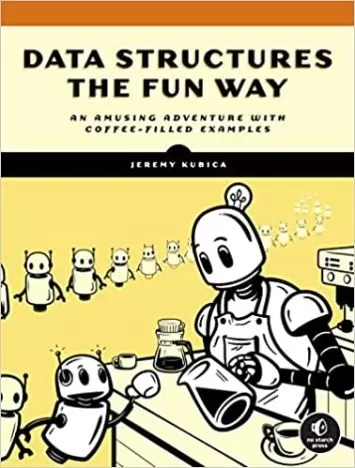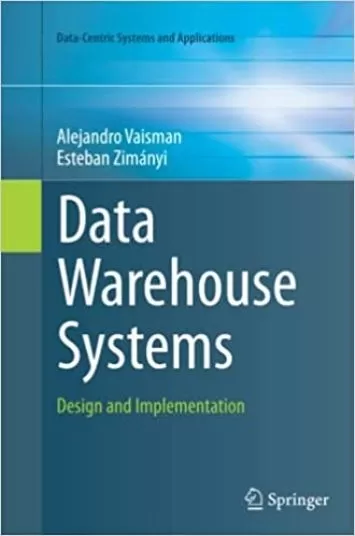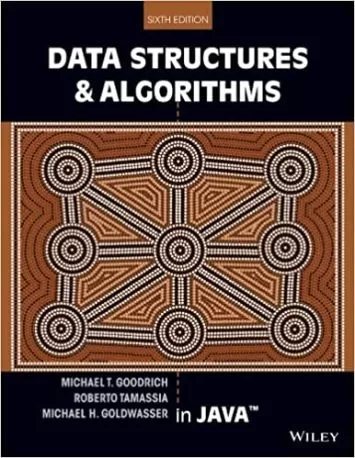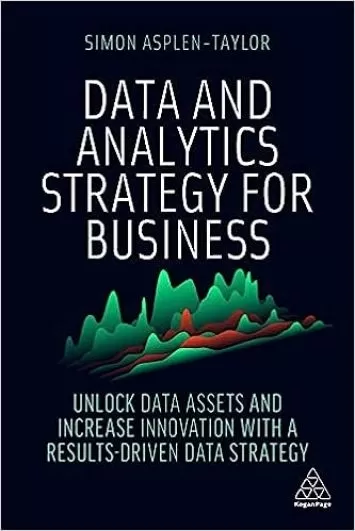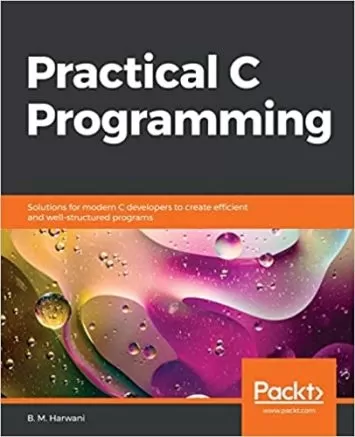About Data StructuresLearn More
Data structure is the collection and arrangement of values in either linear (as with an array) or nonlinear (as with a graph) form. An algorithm is computer code that is programmed to solve a problem or apply action to data. Working knowledge of data structures and algorithms is essential to effective programming and development. Udemy offers numerous courses to help improve your use of data structures and algorithms in programs.
Sort by:
Sorting
The newest
Most visited
Course time
Subtitle
Filtering
Books
Frequently asked questions about Data Structures
Data structures are formats for data type values specifically designed to organize, process, retrieve, and store data. They can range from very basic to extremely complex, but they generally have one purpose: to allow both human users and machines access to organized data with the ability to process or use the data for a specific application. Data structures may be unique to their respective programming language, for example, lists and dictionaries in Python versus arrays and objects in Javascript. Data structures can have various characteristics: linear or nonlinear; homogenous or heterogenous; static or dynamic.
Each programming language recognizes certain data types, but the individual types most likely will not be sufficient to support the intended logical processing and use of data in an application. So placing the data types in recognizable structures brings them together in logical organization so that they are useful to the machine or user. They essentially become the model by which the various data types come together for organizing, processing, and sharing within an application. When combined, they form the building blocks, or foundation, for complex applications.
Start with the basics: What is a programming language? How are instructions coded? How will they be understood by a computer? These questions can be answered in almost any basic coding course in universal programming languages, such as Java, C, C++, and Python. Then you’ll need to learn what environments support each respective programming language. This is so you can have in mind a definite purpose and goals from the beginning, especially if you plan to specialize in a specific programming language for a specific field. That way, you can direct your pursuit to accomplish your goal.
Data structures are used in varying applications in database design, system development, networking, and software coding. So careers in data science, data engineering, IT, programming, and software development are all options. Some positions require specialized training in a specific aspect of the use of data structures or an individual programming language, so it is good to consider career choices before settling on the courses you will take. For example, a position for a software developer may specifically require skills in Python. Or a position as a Backend Engineer may require unique abilities with Core Java.
A data structure can be likened to a container full of data, while an algorithm is a sequence of actions. The purpose of data structures is to organize and manage data in such a way as to perform specific operations efficiently. On the other hand, algorithms are step-by-step procedures followed to produce the desired output. An algorithm most likely incorporates one or more data structures into its various steps. A good analogy for illustrating the difference would be to liken data structures to nouns and algorithms to verbs.
There are many types of data structures, each with a different purpose or function. For example, arrays index data with numerical values, while hash tables connect various pieces of data to a corresponding “key.” Data structures also differ in how they arrange the data. Stacks store data in such a way that the last item appears first, and queues store elements sequentially. There are also data structures that define the relationships between the pieces of data. Linked-first structures store data in a series of nodes where each node points to the next node in a chain. Graphs place data in a network showing the relationships of each node to the others. Trees store data in a hierarchical format. Tries, which are similar to trees, are used for efficient problem-solving.
During coding interviews, familiarity with various data structures is important because the solution to most problems in coding lies in selecting the optimal data structure to provide the required solution. Candidates must do more than simply memorize different data structures since interviews will likely test their knowledge of the principles and functions of data structures as well as their ability to manipulate the data structure to provide coding solutions. It’s not enough, for example, to know that arrays and stacks are two types of data structures and their basic use. You may be asked to rearrange the positive and negative values in an array — or sort the values in a stack. If a coder wants to excel in their current position or apply for another one, they must demonstrate more than just a basic use of data structures in programming. They need to display a certain intuition in selecting and applying data structures to the solution of complex problems.
Data structures are not language-specific, so the data structures selected for individual coding projects depend a lot on what they are being used for. C, C++, Java, and Python are some of the most popular coding languages to learn data structures, but your decision should be based on what each language is best designed for. Many professionals say that C and C++ are the easiest. C++, in particular, is good for software that needs to run quickly and work directly with a computer’s CPU and memory. It also is common in gaming because of its speed. Java, on the other hand, is the foundation for Android development and web and desktop apps. Python is commonly used for developing websites and software, task automation, data analysis, and data visualization. So there is no single language best suited for learning data structures. It’s best to determine which field you plan to work in and master the language best suited for that application.









